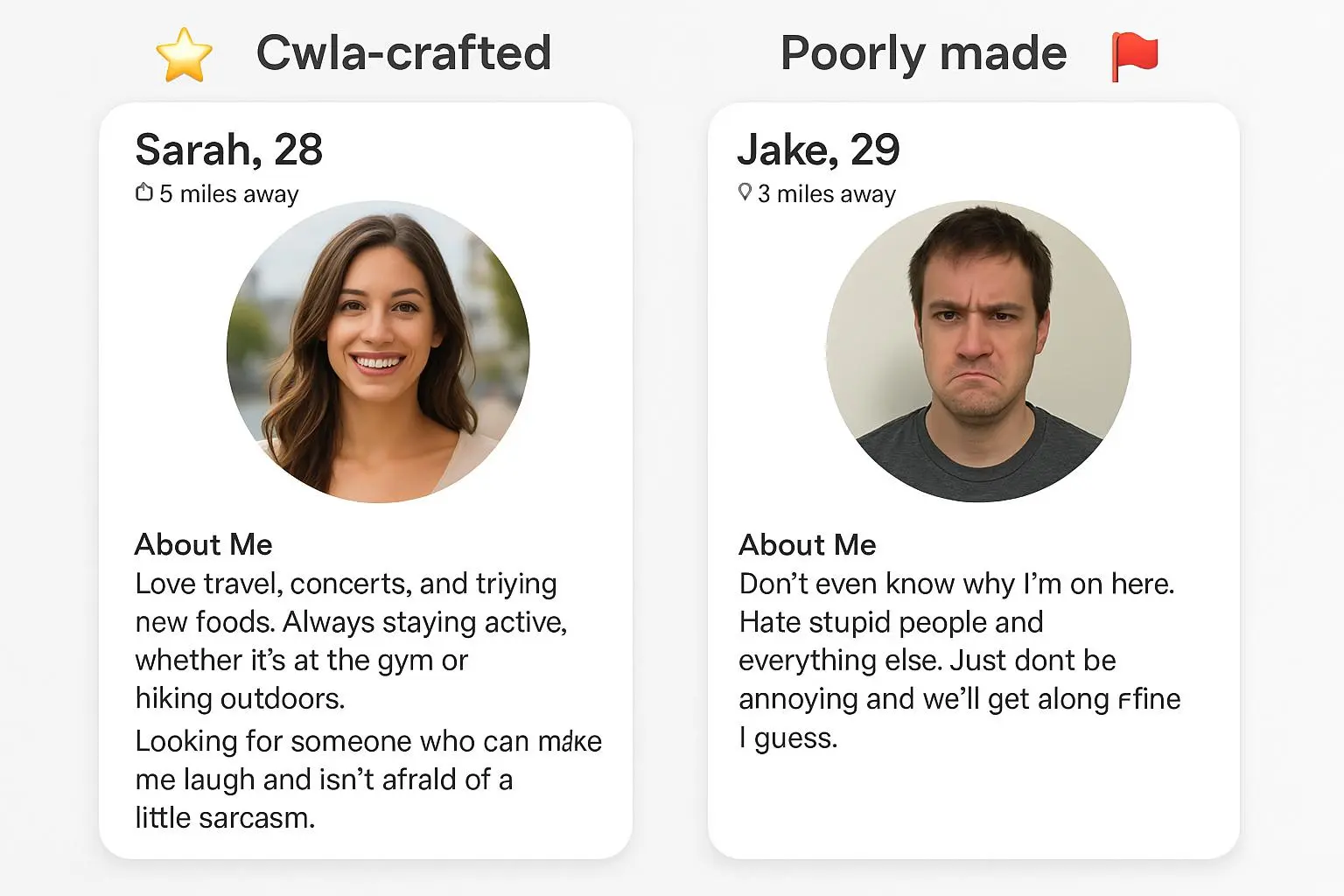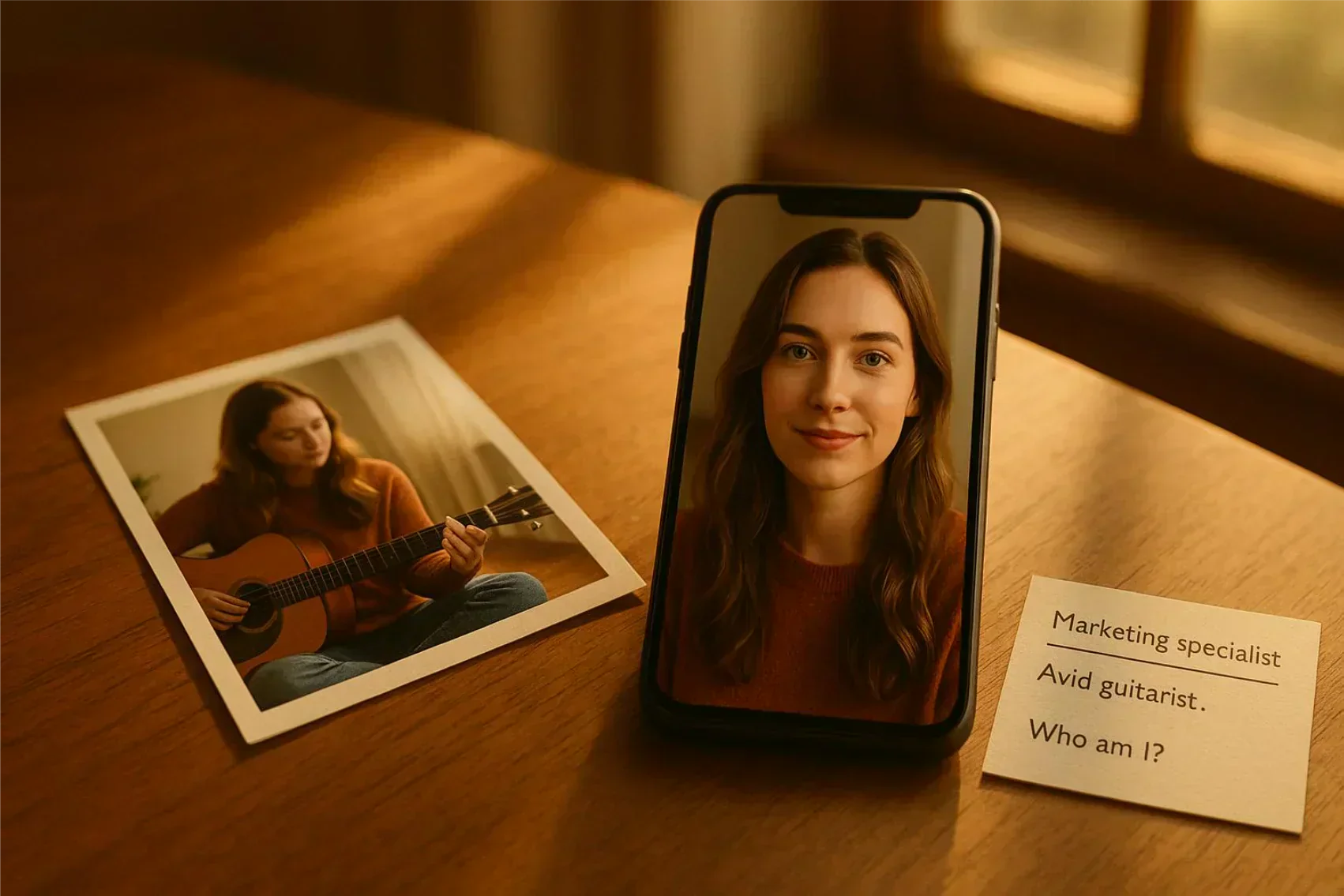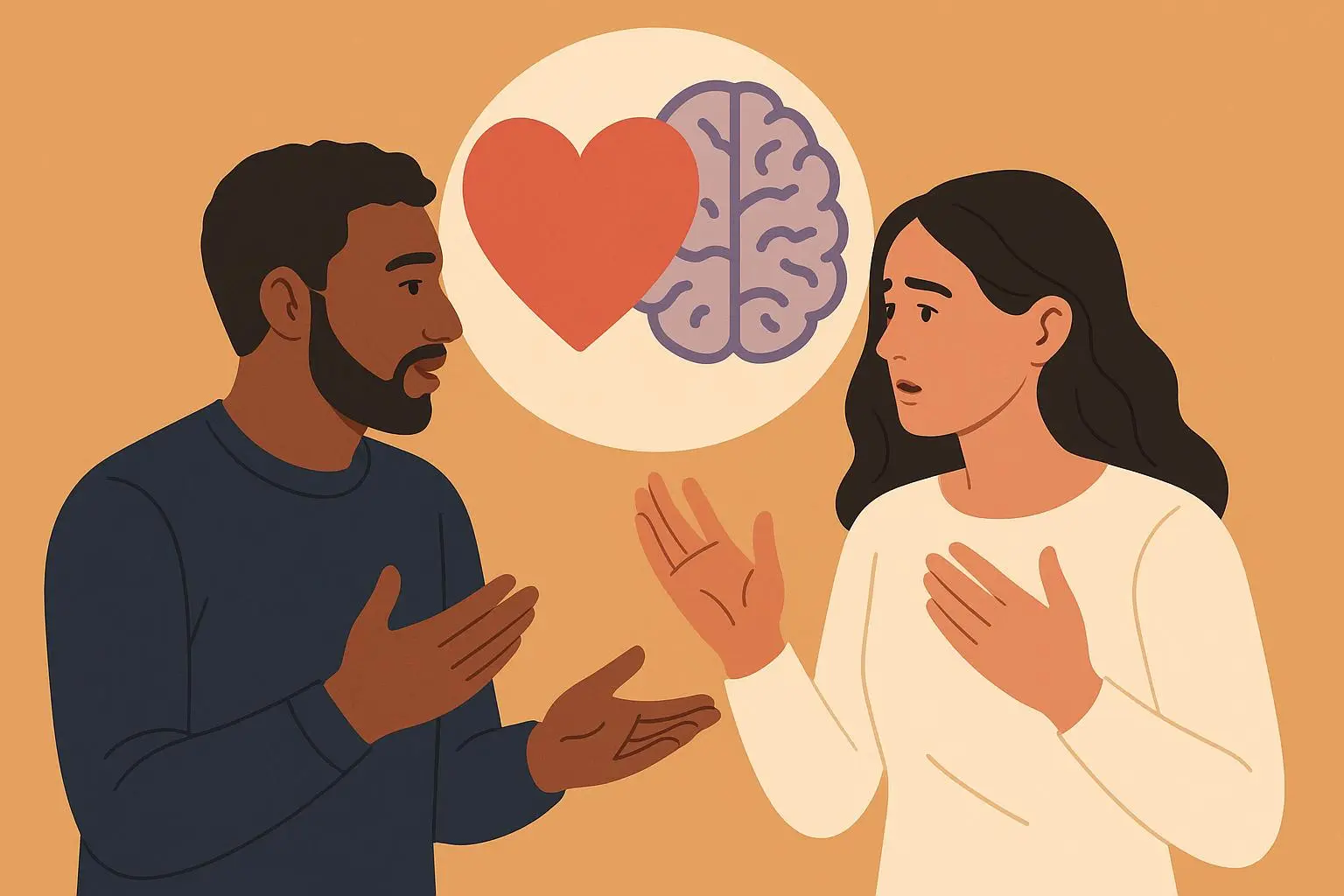
What Makes a Dating Profile Feel “High-Value” (and How to Build One)
Published on 6/20/2025 • 12 min read
Your dating profile is a quick verdict on who you are and what you’re looking for. I’ve spent years helping friends rewrite bios, test photos, and run small A/B experiments. The upshot: small, intentional changes can move the needle—think nicer reply rates and more meaningful dates. A high-value profile isn’t about showing off; it’s about clarity, care, and showing up as your best self.
A quick personal note: I used to sweat over every word and every photo, convinced that one perfect shot would magically open doors. After dozens of tests, I learned that consistency matters more than perfection. A handful of well-chosen photos paired with a specific, honest bio often beats a flashy reel every time. I’ll share the exact playbook I use, including what to test and how to interpret results, so you can repeat this without a marketing budget.
- Micro-moment: I updated my profile before a weekend trip. One line about a favorite hike sparked a spontaneous message from someone who loves the same trail. We planned the trip together, and the conversation flowed from there—proof that small clarity can unlock real momentum.
Why “high-value” matters more than “sexy” or “funny"
People chase a single trait—sex appeal, humor, mystery—thinking it’ll unlock matches. In my experience, profiles that actually lead to dates balance intention, authenticity, and competence.
A high-value profile says: “I know who I am. I have things I love. I want to meet someone who shares my priorities.” Low-value profiles often broadcast disinterest (sloppiness) or neediness (demands), which tends to close doors.
In one controlled swap, we replaced three gym selfies with a clear headshot, a candid hobby shot, and a market photo. Over six weeks, replies that led to a sustained conversation rose, while shallow one-liners dropped. Exact numbers vary, but the trend is clear: clarity beats gimmicks.
My take: the vibe you convey should feel trustworthy and interesting, not flashy or rehearsed.
What a high-value profile looks like (and why)
Photos: clarity, story, honesty
Good photos form the backbone. You don’t need professional shoots—just readable, authentic visuals.
A strong set usually includes:
- A bright, clear headshot with your face visible and a genuine smile.
- A full-body shot so matches aren’t guessing your build.
- One or two lifestyle shots (cooking, hiking, reading, traveling) that show real interests.
- A social photo where you’re clearly identifiable—this signals you have a life and friends.
Failure anecdote: I once coached someone who swapped every candid for edited night-club shots. Match volume spiked briefly, but thoughtful replies vanished; dates dropped because the images signaled a different intent. Consistency across photos matters.
Bio and written content: confident, positive, specific
A bio should make someone think, “I want to learn more.” High-value bios do three things: show personality, state intent, and offer an easy bridge for conversation.
- Write positively. Instead of “Don’t reach out if you’re flaky,” try: “Looking for someone who loves slow Sunday mornings and good playlists.”
- Use specifics—favorite meals, hobbies, small routines.
- End with a one-line prompt to invite replies: “Best taco spot—go.” That nudge can lift replies by a meaningful margin.
Prompts: reveal, don’t hide
Prompts are conversational doors. Answer with a short narrative or a vivid detail rather than a bland label. For example: “I once chased sunrise at a ruin—ask me about the coffee.” It invites dialogue.
Overall vibe: secure, interesting, available
High-value profiles feel emotionally available without desperation. Warm photos + specific text + no long lists of demands = coherence. The alignment signals you’re someone worth meeting.
What a low-value profile tends to show (and how to avoid it)
Photos: obvious pitfalls
Blurry shots, sunglasses in every photo, and group images where it’s unclear who you are create friction. If someone can’t tell who they might meet, they pass.
Avoid: heavy filters, cluttered bathroom backgrounds, and photos that look five-plus years old unless contextually framed.
Bio and prompts: cynicism or emptiness
Bios filled with “do not contact if…” or single-word entries project negativity. Reframe dealbreakers as values: instead of “no smokers,” try “I enjoy a generally health-focused lifestyle.”
The vibe: insecure, bitter, or low effort
Profiles that look set-and-forget rarely attract thoughtful matches. A little polish signals effort and filters in people who care.
A reproducible playbook for testing profile changes (A/B style)
This is the exact method I use when optimizing profiles. It’s designed to be repeatable and measurable.
- Hypothesis (Day 0)
- Example: “Replacing one selfie with a hobby shot will increase meaningful replies.”
- Baseline (Weeks 1–2)
- Log current metrics for two weeks: daily matches, message rate, reply-to-date conversion. Record baseline numbers (e.g., 10 matches/week, 18% reply rate).
- Change (Week 3)
- Swap one photo and update one bio line. Keep everything else the same.
- Test Window (Weeks 4–5)
- Collect the same metrics for two weeks. Compare against baseline.
- Evaluate (Week 6)
- Look for directional changes: +20–30% in reply quality is a strong signal. If metrics move opposite, revert and try a different swap.
Sample prompts & A/B ideas to try quickly
- A: “Love hiking” vs B: “Hiked 10 miles to watch a sunrise—ask about the worst blisters I earned.”
- A: “Looking for something real” vs B: “If you love long Sunday coffees and reading aloud, we’ll get on.”
Sample messages to seed conversations (and expected outcomes)
- Opener tied to bio detail: “You mentioned farmer’s markets—what’s the best thing you’ve found recently?” Expected outcome: opens a multi-message exchange when paired with a market photo.
- Playful prompt follow-up: “Sunrise at Oaxaca—what’s the last place that surprised you?” Expected outcome: more thoughtful replies vs generic “hey.”
Keep tests small, change one variable at a time, and collect two weeks of baseline and two weeks post-change data to avoid noisy conclusions.
Tightening the tone and handling tricky topics
Dealbreakers and boundaries are important—frame them constructively. Instead of an exclusionary list, show what you do want. If you’ve had bad experiences, avoid bitterness; signal growth: “I’ve learned a lot from past relationships and hope to bring that perspective into something healthier.”
Honesty matters. Align your photos and text. Inconsistent signals waste time for both people.
Using AI tools (transparent note)
AI can help with drafting, but I’m not affiliated with any vendor. Use it to generate options and tighten tone, then add your voice, a specific detail, or a private joke so the final bio feels like you.
Quick checklist: small tweaks with big returns
- Replace negative phrasing with positive reframes.
- Swap one generic selfie for a candid doing something you love.
- End the bio with a single invitation or question.
- Use a tiny, specific story in a prompt.
- Rotate a photo or tweak a prompt every 2–6 weeks and record the impact.
Closing: invest small effort, save time later
High-value profiles aren’t about pretending to be perfect. They tell a coherent story with photos that feel real, a bio that’s warm and specific, and prompts that invite conversation. Small, steady improvements pay off: better conversations, fewer mismatches, and dates that actually feel like dates.
If you want a second pair of eyes, try the A/B playbook above for one full 6-week cycle and see how your numbers change. You’ll likely find that a little clarity goes a long way.
Ready to Optimize Your Dating Profile?
Get the complete step-by-step guide with proven strategies, photo selection tips, and real examples that work.


